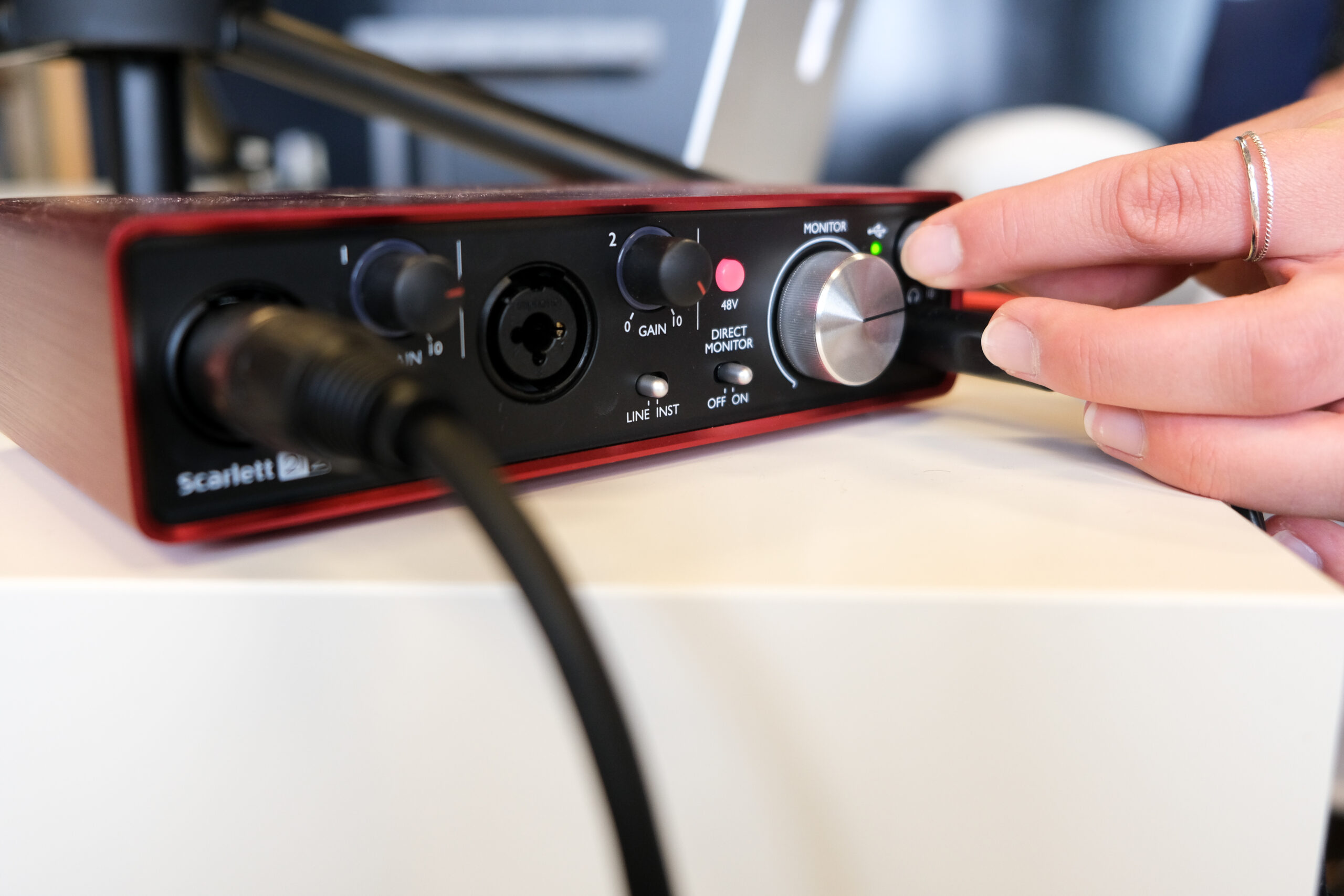An organization’s onboarding can catalyze or undermine the success of new hires. Yet some of the common methods for measuring its success—namely, employee surveys and activity metrics—have significant shortcomings. Meanwhile, some metrics such as time to productivity can lack a uniform definition across organizations and their sales leadership. Only relying on these basic or vaguely defined analytics will provide static, or at best, episodic snapshots of a new rep’s onboarding journey.
Having a balance of quantitative and qualitative measures is crucial in clearly interpreting the effectiveness of sales enablement’s onboarding initiatives. Sales enablement should strive to better define commonly-used metrics within their organizations in order to accurately measure onboarding’s impact on new sales rep success.
With alignment across enablement practitioners, frontline managers, and key stakeholders on the understanding of core metrics, organizations can accurately assess the consistent performance and competency levels of new hires. Here are four key areas to focus on to begin to track impact.
Consistent Rep Performance
Revenue gains are unlocked when sales reps are aptly prepared to consistently exhibit strong performances. Onboarding provides new hires full visibility into the activities and behaviors that they must master in order to achieve their sales goals month after month.
In examining reps’ proficiency, enablement should embed milestones into the onboarding program to track consistency. This helps to ensure that enablement can:
- Experiment with different programs and look at time-to-milestone metrics for an accurate picture of what gets reps onboarded faster
- Capture clean data for how long it takes for reps to go from the first day to fully productive
- Learn where reps are struggling in the process to put extra resources where they’re going to have the biggest impact
In tracking the impact of onboarding on a new hire’s success, two key analyses can be critical: time to first deal compared to time to second deal and beyond, and time to consistent quota attainment. Often, new reps attempt to ramp faster in order to quickly reach key milestones, such as the first sale. However, it’s not enough for a rep to get to the first deal quickly. Rather, enablement should also be tracking time to second and third deals, as the Sales Enablement Analytics 2019 report found that enablement organizations that track “time to second deal” report win rates that are six points higher than those that do not.
“‘Time to first deal’ matters to me only if they sourced their own pipeline,” said Erez Haimowicz, director of global sales enablement at Tessian. “If they were given it, then I don’t look at it. Instead, I look at ‘time to second’ and third deal.”
Not only does measuring time to second deal and beyond make data cleaner by accounting for one-off bluebirds or inherited deals, sales enablement practitioners can better track consistent performance among reps, as well as gaps in proficiency that may be impacting their ability to close deals.
Pipeline Health
A healthy sales pipeline is one of the best indicators of a rep’s performance, as well as the lifeblood of consistent quota attainment. Having reliable data, the correct mix of active deals, and knowing when to drop deals in order to consistently close deals can indicate onboarding success.
“[Reps] put so much pressure on that first deal that they end up burning at a later point,” said Aaron Evans, director of sales enablement at GlobalData. “I’m always forcing management to look at the quality of the pipeline that they’re building–the hygiene of the pipeline as well–to make sure that they’re progressing pipeline and it’s moving at a good pace with the right tasks associated with the pipeline.”
According to Corey Bray and Hilmon Sorey’s book, “Hiring, Onboarding, and Ramping Salespeople,” sales enablement should consider assessing pipeline health across the following criteria:
- All opportunities fall within the rep’s market
- Exit criteria satisfied for each opportunity for moving to the next stage
- A certain percentage of opportunities have a next step agreed to or a meeting on the calendar
- Projected deal size is realistic
- Close dates are based on the prospect’s timeline
- Lost deals have a valid reason
- The sales cycle length is appropriate for the deal
- Win rates are appropriate for the quality of leads
“I think the best marker of success is the time to pipeline,” said Bill Parry, director of enablement at Redwood. “When you have reached X amount of quality pipeline, now you’ve got it, because the lifeblood of a seller’s process is not the deals that they close. It’s the pipeline that they generate – quality pipeline. If you teach a seller how to get a quality pipeline, they cannot fail, period.”
Competency Improvement
Enablement efforts targeted at competency development and certification can yield the greatest impact throughout the rep lifecycle, by not only improving quota attainment but also driving retention. According to the Sales Enablement Analytics Report 2020-2021, organizations that measure competency improvement experience an average rep quota attainment that is six percentage points higher than those that do not.
To incorporate competency improvement as a regularly tracked onboarding metric, organizations should evaluate a rep’s competency levels and progress both before and after onboarding. This can help evaluate whether the onboarding program developed the targeted behaviors that maximize success within that role. Using a competency rubric, track onboarding’s impact on a rep’s competency development by measuring the following:
- Number of certifications completed and ability to apply behavior
- Improvement in competencies related to both soft and hard skills over a period of time
- Scope and complexity of competency improvement
- Number of skills improved
- New skills obtained
“When you start getting into those little nuances and idiosyncrasies within the role, that’s when your onboarding programs needs to start matching the competency against the training and the job role itself,” said Evans. “We want to ensure that we’re not wasting time in onboarding. When you’re teaching someone the new role, you’re matching it against the competency that you’ve recruited for in the first place and that you’re sharpening in the onboarding.”
Organizational Health
A strong organizational culture is an indicator of onboarding success, as sales enablement can create clear paths for ongoing development for reps through onboarding and beyond, helping to enhance motivation and satisfaction.
“A successful onboarding program has a positive effect on the satisfaction, the level of engagement, and the performance of the employee,” said Michael Aloe, vice president of sales at Ascent Cloud. “Often, engagement and productivity of the new hires are utilized as the measuring stick for onboarding success…And while they’re key metrics, it’s also important to measure the employee satisfaction. We believe they go hand-in-hand, but it starts with the onboarding process.”
Marrying key quantitative metrics with first-hand stories sourced directly from new sales reps and their managers presents a holistic picture of what works and what could be improved within the sales onboarding process. In fact, companies that measure the satisfaction of new hires with their onboarding programs also report stronger business performance: average rep quota attainment is nine percentage points higher for companies that track employee satisfaction with their onboarding programs, and continuously work to improve such experiences.
To help measure employee satisfaction with sales onboarding, enablement practitioners should create formalized opportunities for new hires to provide valuable feedback. Without a strong system in place, critical information is likely to go undocumented and underutilized as a means of assessing and improving onboarding efforts. A formal way for new reps to offer up personal insights and experiences creates a feedback loop in which reps feel comfortable speaking candidly about their observations.
Consider implementing regular systems to gather feedback from new hires, such as one-on-one interviews, surveys, hosting office hours, or facilitating a sales advisory council.
Since onboarding is a key component of ensuring long-term rep success, its results deserve close monitoring. Without specific onboarding metrics, organizations will miss important opportunities to evaluate whether sales reps have the skills and knowledge necessary for peak performance. Measuring onboarding will also uncover any unexpected roadblocks and aspects of the program that need improvement in order to drive business results and optimize organizational culture.
An approach that involves quantitative metrics of consistent rep performance, pipeline health, and competency improvement, as well as qualitative feedback reflecting organizational health, will provide a solid baseline measure of onboarding success.







